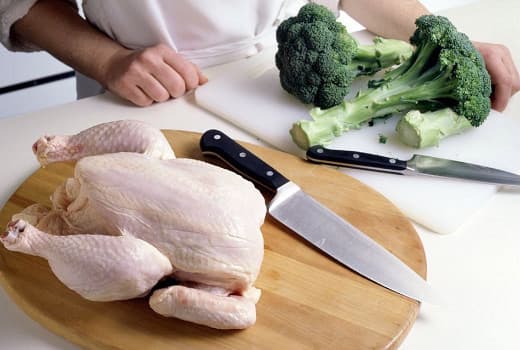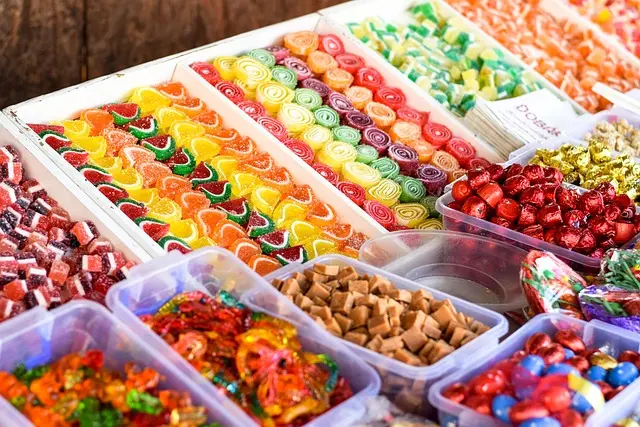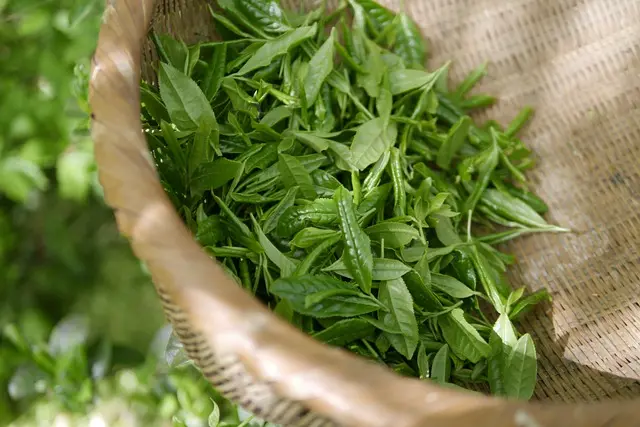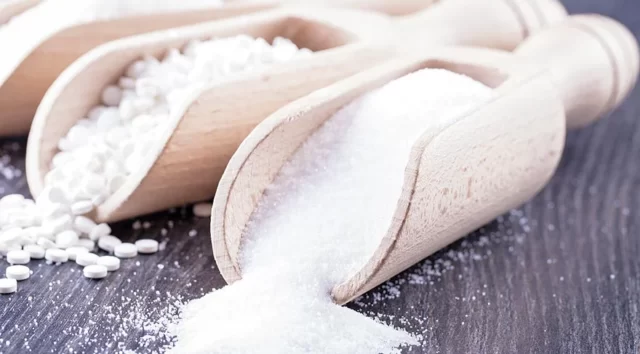
Microorganisms can be transmitted to foods from many places. When they find the appropriate environment in the food they are contaminated with, their development and reproduction accelerate. It may cause deterioration by causing changes in taste, odor and color. It can even cause food poisoning in people who consume such foods. Microorganism contamination of foods can also occur without cross contamination.
Cross contamination can be defined as the contamination from one surface to which the microorganism is exposed to another uncontaminated surface. Cross contamination can be transmitted from food to food, from equipment to food, from contact surface to food, from person to food.
A number of measures can be taken to prevent cross contamination. Some of those;
- Raw and cooked products should not be combined.
- Work areas (bench, table, etc.) must be clean.
- Equipment used in the kitchen (knives, boards, spoons, pots, etc.) must be clean. And the equipment used in the raw product should not come into contact with the cooked product or any other product without washing it.
- Special attention should be paid to personal hygiene. Clean foods should not be touched with dirty hands, we should take care to cover our mouth while coughing and sneezing.
- Chemicals and foods should not be stored in the same environment.
- Hands must be washed after touching raw foods (especially meat, eggs).
It is possible to increase the number of such measures. Cross contamination is a major problem. The more careful we are, the more we can prevent it.






